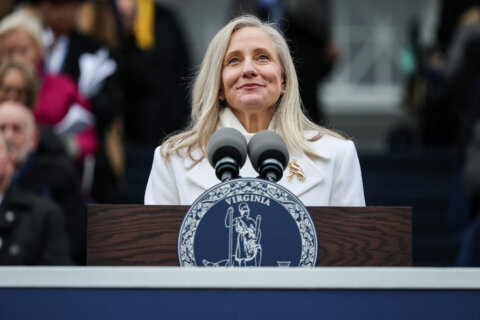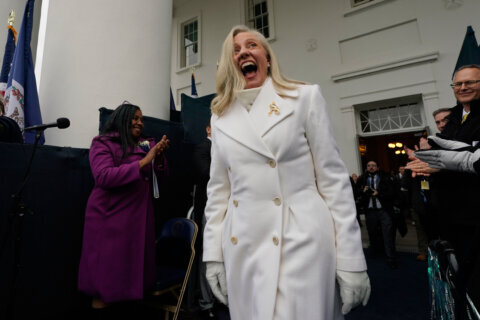This video is no longer available.
Sweet, tender, briny bay scallops are making a comeback in Virginia, according to researchers at the College of William & Mary, who say this year’s population may be approaching sustainable levels.
“The Atlantic bay scallop is a species that ranges from New England, down to Florida, and around the Gulf Coast,” said Richard Snyder, director of Virginia Institute of Marine Science’s Eastern Shore Lab and a professor of marine science at William & Mary’s Batten School of Coastal and Marine Sciences.
With a creamy texture, he said bay scallops are smaller than sea scallops.
“A big bay scallop is going to be three, three-and-a-half inches in size,” Snyder said.
While bay scallops are harvested commercially in New England and Florida, “Here in Virginia, we lost them in the 1930s, and the last commercial harvest here was 1932,” Snyder said.
Almost a century ago, an eelgrass wasting disease destroyed grass beds along the East Coast, eliminating essential habitat for the bay scallops.
“They inhabit the coastal bays, behind the barrier islands, so we really don’t see them out in the ocean much,” Snyder said.
For the past 24 years, scientists at the ESL have been working to restore the seagrass, which plays a crucial role in the survival of bay scallops.
“The young scallops will attach to the grass blades, and that’s how they grow and survive,” Snyder said. “And the adults will then drop to the bottom, but they live in the grass beds, even as adults.”
Starting in 2010, researchers brought wild scallops from North Carolina into the research hatchery.
“I decided we needed more genetics, so we brought scallops from Florida, North Carolina and New York, and we put those genetics out there and let the environment decide what was the best genes for the Virginia coast,” Snyder said.
While he’s not certain of causality, “in the past five years we’ve had an exponential increase in the population,” he said.
Snyder said Florida has a long history of managing their scallop populations for harvest, using a value of one bay scallop per 10 square meters to regulate its recreational fishery.
Since 2013, VIMS ESL has taken a yearly survey of the bay scallop population.
“We are now at .07 per meter square, and the threshold Florida uses is .1 per meter square,” Snyder said. “At some point, they’ll have to be regulated and managed, and so if this exponential trend continues, we likely will be there in the next couple of years.”
The lifespan of a bay scallop is approximately 18 months.
“So, in any given year, if there’s a bad reproductive cycle, the population will go down,” Snyder said. “Once you get to some resilient level, it should be able to recover from that, but it’s something that has to be monitored every year.”
Get breaking news and daily headlines delivered to your email inbox by signing up here.
© 2024 WTOP. All Rights Reserved. This website is not intended for users located within the European Economic Area.








